Growing chives from seeds
In German, "chives" refers to a plant that is used to cut leaves. It is interesting that this culture has different names among the people. So, in Portugal it is called "English bow", and in the southern part of Russia - "tribulka". In some countries, chives were given the name "winter bush".
Chives is a perennial grown from seed and belongs to the onion family. Its leaves look like arrows, they are very thin and long (about 15–20 cm in length). The color of the arrows in this culture is usually bright green. The onion bulb is oblong and small, and the roots are threadlike.
The homeland of this plant is China and Eastern Siberia. It was from these territories that the cultivation of a unique culture began, capable of adapting to almost any growing conditions. Now the cultivation of chives is happening everywhere. Usually the cultivation of this crop from seeds is produced in small volumes. Perhaps this is due to the fact that many do not appreciate the positive properties of the plant or do not know how to care for it.
The benefits of chives
The culture is very beneficial due to the large amount of vitamins it contains. Also, chives are rich in minerals - copper, potassium, magnesium, selenium, calcium and others. It contains vitamins such as K, C, E, A and B. Onions also contain a lot of disaccharides, monosaccharides and proteins.
The specific taste and medicinal qualities of chives are determined by the essential oils included in it. Inside this culture is recommended to be consumed fresh. Heat treatment can minimize all the beneficial properties and substances in chives, as well as destroy its taste and pleasant aroma.
Plant features
In the beds, gardeners grow chives as a perennial crop. You can also grow it outside the garden, in a damp place. The thin leaves of this plant create a contrast with other garden crops. Some attach particular importance to this and plant onions, choosing the environment for it in such a way that a good natural composition is obtained. Schnitt-bow looks great if planted in groups, for example, with a cuff and a purse, or in a mono-border. A mixture of onion varieties with lilac and white shades of flowers in the border looks spectacular. The rocky garden with chives looks good too.
Regardless of where it is planted, chives will be an excellent honey plant and a wonderful garden decoration. It is believed that this culture has a beneficial effect on other plants in the garden. For example, planting this plant will keep the carrot fly away from carrots and protect bushes and trees from harmful fungi. Also, growing this crop is able to protect roses from spotting, gooseberries from downy mildew, and apple trees from scab.
The following plant varieties are recognized as the most suitable for growing in the garden:
- Chemal;
- "Honey plant";
- "Siberian";
- "Bohemia";
- Velta;
- "Prague";
- "Moscow early ripening".
The overwhelming majority of varieties of this culture have thin and spicy-tasting leaves. The base from which the onion leaves grow is usually juicy and tasty. Therefore, with a strong growth of the culture, you can dig out a part of the bush without damage and use it for food. Soon after flowering, chives usually begin to harden. In this case, it is recommended to cut it at the root to obtain a fresh harvest of young stems. But it is often not recommended to carry out such a procedure: it is believed that it depletes the plant.
If you intend to get seeds from a plant, then you should not cut off either the arrows with inflorescences or the leaves. If the bushes of the plant in the garden bed are already 2 years old, but they can be dug up and put in the refrigerator. The plant will need to rest for a while at temperatures from 0 to +4 degrees Celsius. After that, with the onset of winter, at home, you can plant the culture in pots and put it on the windowsill. However, one must understand that, despite the care, the culture when grown at home is short-lived. With the onset of spring, the bushes can be transplanted again into open ground at their summer cottage. Thus, you can enjoy the fresh onions all year round.
Growing from seeds and further care
Planting chives should be carried out from fresh seeds that have not expired. Sowing is necessary in mid or late April, after the snow has completely melted.
Planting seeds is recommended in areas with drained and loose soil. As a rule, the overwhelming majority of onion varieties grow well on loamy and sandy loam soils. Planting seeds on the sunny side is most preferable, on which this crop will give a rich harvest, without requiring special care. Growing from seeds is not recommended on sandy soil: due to poor moisture retention, it can be detrimental to the crop.
Before planting chives seeds in the soil, it is necessary to prepare the ground... For this purpose, it should be pre-fertilized with compost or humus. If possible, it is recommended to additionally add mineral fertilizers.
Advice
Before sowing, it is recommended to soak the seeds in a solution of a rooting stimulator. If such a tool is not available, then plain water can be used instead. Remove the seeds from the solution and dry them before planting.
When planted in open ground, seeds must be buried no more than 2 cm. It is advised to plant seeds in rows, keeping them at intervals of 30 cm. It is recommended to mulch the soil with humus or peat.
As soon as the first shoots appear, the plants are advised to feed with any of the complex fertilizers. As the seedlings grow, caring for the crop should include thinning, since the plant can grow strongly during the summer season.
Further care for chives is quite simple. Typically, it includes:
- regular watering;
- loosening the soil;
- weeding from weeds.
In addition, do not forget that mowing at the root after flowering must be included in the mandatory care of the plant. Cultivation of new feathers in this chives onion occurs quickly enough, and by the end of the summer the culture will again become decorative.
Application for cooking
The arrows of this culture have a sharp taste, but at the same time they are fragrant and juicy. In cooking, this plant is used to add a special piquancy to dishes. Specialist chefs recommend adding this type of plant to dishes cooked with onions.
Fresh shoots and greens are most appreciated by culinary specialists. After some time, if the harvest of chives was not harvested from the garden, then its greens will become coarse and less tasty. You can add this plant to fresh tomato and cucumber salads. Some culinary experts add not only young arrows of chives to vitamin salads, but also its edible inflorescences. This will give the finished dish a light and pleasant aroma. Well suited for potato, legume and meat dishes and soups
Due to its appearance, the culture is often used to decorate culinary delights. For example, it goes well with light salads or sandwiches.
Outcome
Chives are a healthy crop that can be grown from seed and taken care of easily. This plant has gained popularity among gardeners due to its unpretentiousness and availability.
Growing this crop in the garden has a beneficial effect on other crops, scaring away pests from them. This plant can become a real decoration of the garden area due to its appearance.
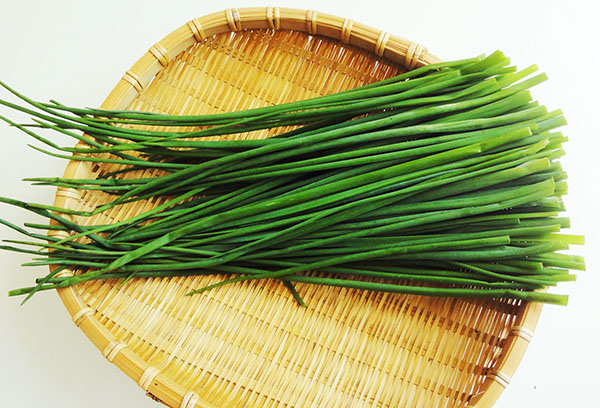

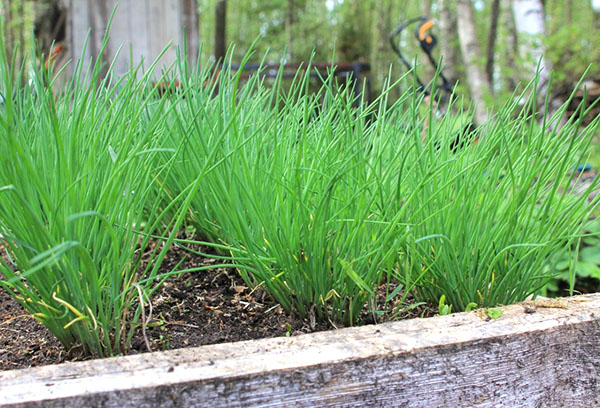

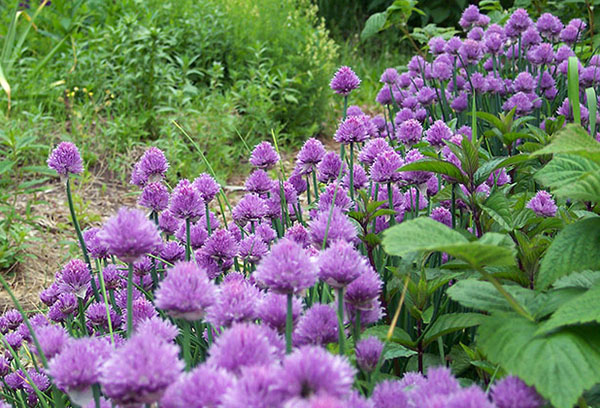

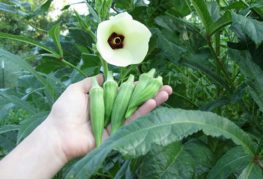
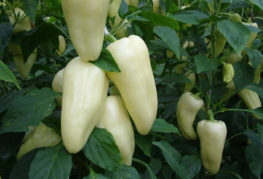

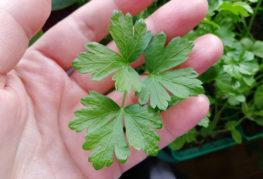
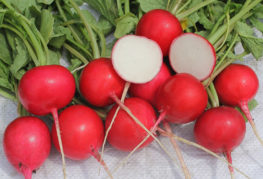
and will be published shortly.